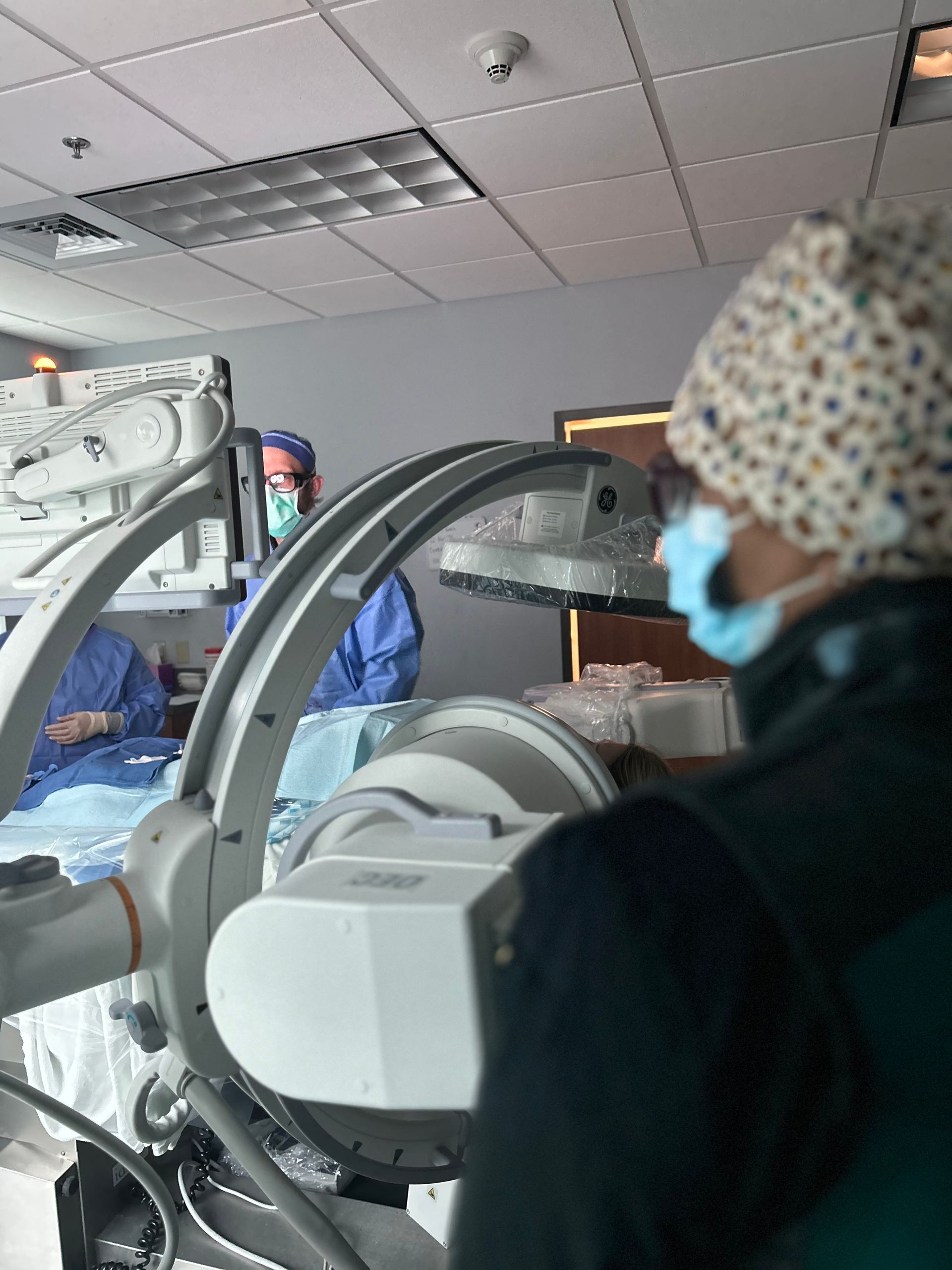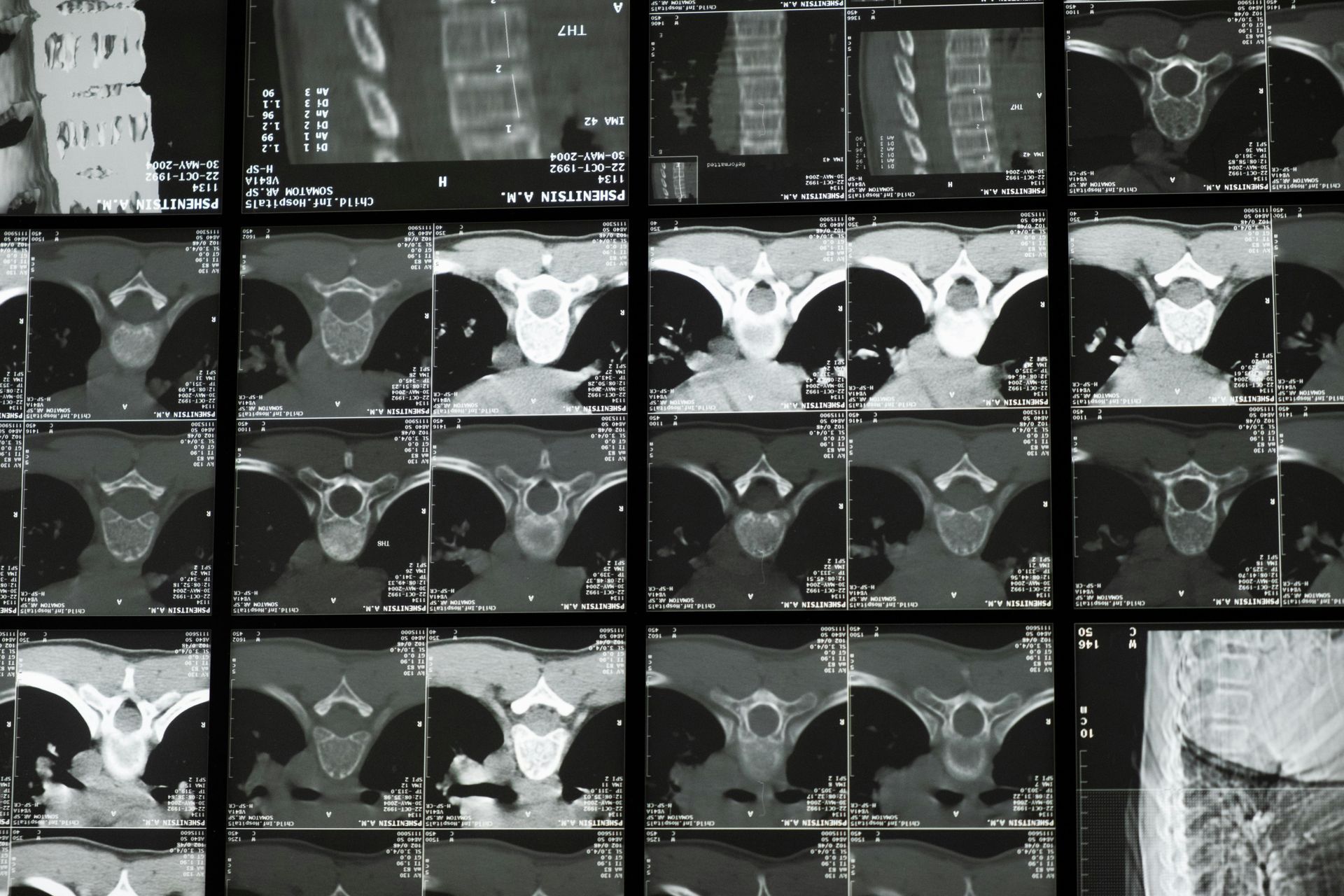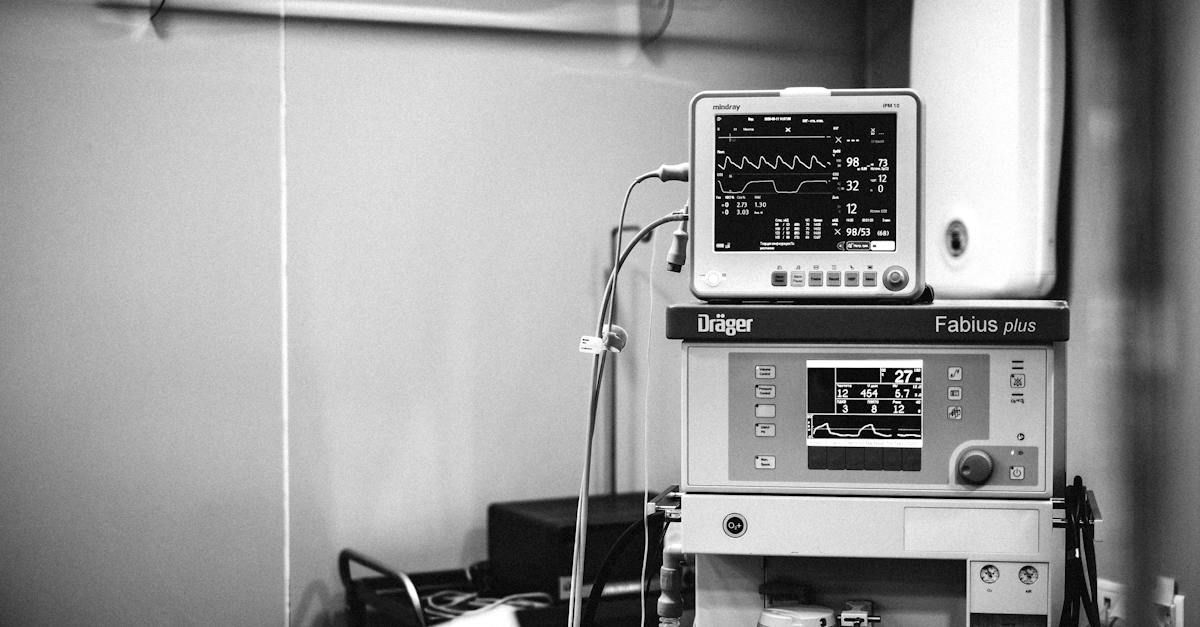Understanding Uterine Fibroids: Symptoms, Treatment, and the Benefits of Uterine Fibroid Embolization (UFE)
Got Fibroids?

Uterine fibroids are a common but often misunderstood condition that can significantly impact a woman’s quality of life. These non-cancerous growths, also known as leiomyomas, develop in or on the uterus and can vary in size and number. While some women experience little to no symptoms, others may suffer from severe pain, heavy bleeding, and other disruptive symptoms. Fortunately, advances in medical technology have made it easier than ever to manage fibroids effectively and with minimally invasive treatments like Uterine Fibroid Embolization (UFE).
What Are Uterine Fibroids?
Fibroids are benign (non-cancerous) tumors made of muscle and fibrous tissue that can grow in or around the uterus. While their exact cause is unknown, they are often influenced by hormonal changes, particularly estrogen and progesterone.
Fibroids can develop in different locations:
- Intramural fibroids: Found within the muscular wall of the uterus
- Submucosal fibroids: Bulge into the uterine cavity
- Subserosal fibroids: Extend outside the uterine wall
- Pedunculated fibroids: Attached to the uterus by a stalk
Symptoms of Uterine Fibroids
Many women with fibroids experience no symptoms at all, but others may deal with significant discomfort. Common symptoms include:
- Heavy or prolonged menstrual bleeding: This can lead to anemia or fatigue.
- Pelvic pain or pressure: Fibroids can cause feelings of heaviness or pressure in the lower abdomen.
- Frequent urination: Large fibroids can press against the bladder, causing the need to urinate more often.
- Pain during intercourse: Depending on the location of the fibroids, some women may experience discomfort during sexual activity.
- Back pain: Pressure on surrounding organs or nerves can result in lower back pain.
If left untreated, fibroids can continue to grow, worsening symptoms and leading to complications such as fertility issues.
Traditional Treatment Options
For many years, treatment for fibroids was limited to medication or surgery. Some options include:
- Medications: Hormonal treatments can help shrink fibroids or manage symptoms like heavy bleeding.
- Myomectomy: Surgical removal of fibroids while leaving the uterus intact, suitable for women who wish to preserve fertility.
- Hysterectomy: The complete removal of the uterus, which eliminates fibroids but also ends a woman’s ability to conceive.
While effective, these treatments often come with significant recovery time or permanent changes to a woman’s reproductive health.
A Minimally Invasive Option: Uterine Fibroid Embolization (UFE)
For women seeking a less invasive option, Uterine Fibroid Embolization (UFE) is a game-changing procedure that treats fibroids without surgery. UFE is performed by an interventional radiologist and works by blocking the blood flow to fibroids, causing them to shrink and alleviate symptoms.
Here’s how UFE works:
- Preparation: UFE is performed under local anesthesia and light sedation. There’s no need for general anesthesia, so patients remain comfortable and awake, but sleepy during the procedure.
- Accessing the Arteries: A small incision is made in the groin or wrist, where a catheter is inserted into the artery. Using X-ray guidance, the catheter is directed to the uterine arteries that supply blood to the fibroids.
- Embolization: Tiny particles are injected into the blood vessels, blocking the fibroids’ blood supply. Without blood flow, the fibroids shrink and symptoms improve.
- Recovery: Once the procedure is complete, the catheter is removed, and the incision is bandaged. Patients typically go home the same day and can return to normal activities within a week.
Benefits of UFE
- Minimally invasive: UFE requires only a tiny incision, reducing recovery time and minimizing risks compared to surgery.
- Effective relief: Most women experience significant symptom relief, including lighter periods, less pelvic pain, and improved quality of life.
- Fertility preservation: Unlike hysterectomy, UFE does not remove the uterus, so fertility is preserved in many cases.
- Quick recovery: Patients can usually resume daily activities in just a few days to a week, making it a convenient option for busy lifestyles.
- No hospital stay: UFE is an outpatient procedure, meaning patients can recover at home the same day.
Is UFE Right for You?
UFE is a great option for women who:
- Want to avoid surgery and lengthy recovery times
- Are experiencing symptoms like heavy bleeding, pelvic pain, or frequent urination due to fibroids
- Want to preserve their uterus and fertility
- Have not found relief from other treatment options
However, every patient is unique, and it’s important to consult with a specialist to determine the best treatment plan for your specific condition.
Conclusion
If you’re struggling with fibroid symptoms, Uterine Fibroid Embolization may be the solution you’ve been looking for. At Murfreesboro Vascular and Interventional, our expert team is dedicated to providing advanced, minimally invasive treatments like UFE to help you live a healthier, more comfortable life.
Contact us today to schedule a consultation and learn more about how UFE can improve your fibroid symptoms without major surgery!












